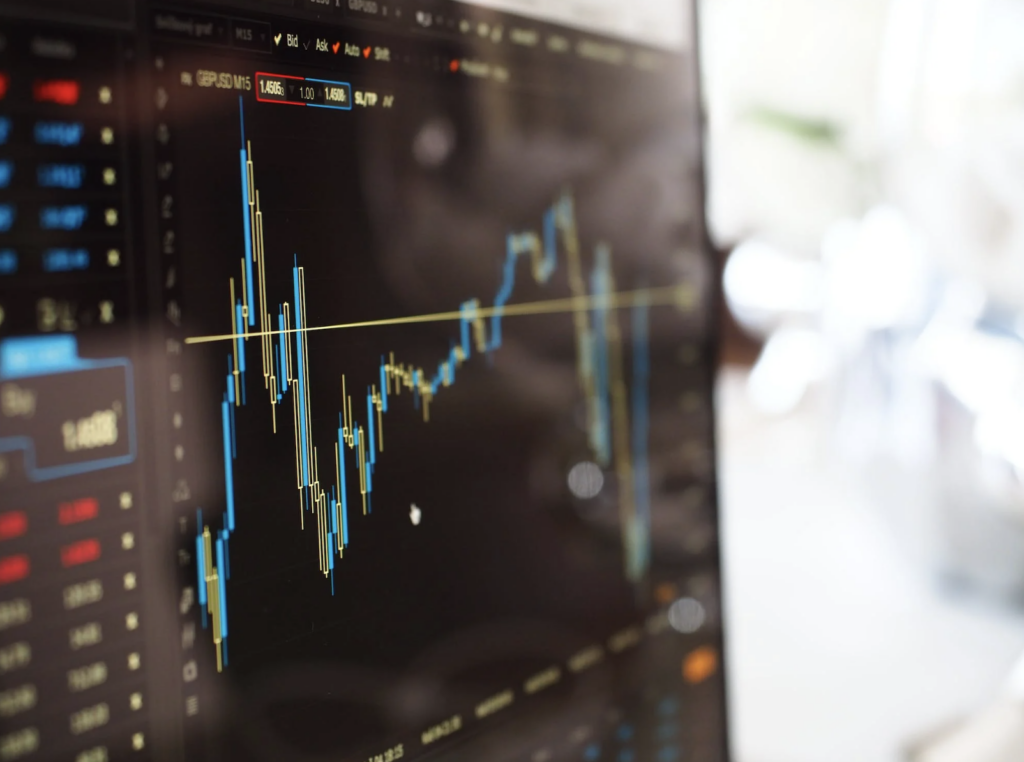High-Risk Transactions in The Stock Market
The stock market is a fascinating and unpredictable environment rife with exciting possibilities and intimidating risks. In this field, high-risk endeavors are common and may be thrilling and nerve-wracking. High-risk transactions might potentially result in enormous profits, but they can also have terrible financial consequences. Therefore, it is crucial to comprehend the benefits and drawbacks of engaging in high-risk stock market transactions.
The potential for substantial losses is one of the main dangers associated with high-risk endeavors. Financiers are effectively gambling with their money when they invest in high-risk deals, and there is always a potential that they may lose a substantial quantity. Studies show that high-risk transactions are far more likely than low-risk ones to result in losses.
High-Risk Transactions
High-risk transactions are investments with a higher probability of losing value or causing significant losses than other, more conservative investments. This can include investing in stocks of companies in volatile industries or those that are relatively new to the market. Speculative investments such as penny stocks or leveraged exchange-traded funds (ETFs) are also considered high risk transactions.
Potential For Higher Returns
The appeal of monitoring bank transactions is the potential for higher returns. For example, investing in an emerging market can offer the opportunity for significant growth over time, even if it comes with a higher level of risk. Investing in a promising new business can eventually result in a sizable return on investment.

One example of high-risk transactions in the stock market is investing in biotech companies. While the potential for profit is high, these investments come with a degree of uncertainty and risk. Biotech companies typically operate in a highly regulated industry, with clinical trials playing a crucial role in product development. Even minor setbacks in clinical trials can significantly dampen the stock’s performance.
Choosing The Wrong Investment
That said, risk-based transaction monitoring is not without its downsides. In fact, they can have a downside far outweighing any potential benefits. Choosing the wrong high-risk investment can lead to significant losses, and even the best investors are not immune to the risks in crypto and many of these types of investments.
A single wrong decision can lead to a total loss of investment in some instances, and this is a risk that should not be taken lightly. For example, investing heavily in a company that has yet to turn a profit or that has a history of volatility can lead to devastating losses. This is why it’s crucial to understand the risks involved and to diversify one’s portfolio.
Leveraged ETFs
One promising high-risk investment is leveraged exchange-traded funds (ETFs), which use borrowed funds to amplify market returns. These ETFs can potentially provide high profits, but threats are also involved. Since they rely on borrowed capital, they can be more vulnerable to market fluctuations than traditional investments. It’s crucial to carefully analyze these ETFs before investing and monitor them regularly to avoid significant losses.
Investors need to be thoroughly aware of the market and specific assets to appropriately manage the risks involved with high-risk transactions in the stock market. This requires investing time and effort into research, keeping track of market trends, and being up-to-date on company news.
Exit Strategy
When investing in high-risk transactions, it’s imperative to have an exit plan in place and be prepared for the worst-case scenario. If an investment is not performing as expected or if the investment thesis is no longer valid, it’s recommended to sell it to prevent further losses. Exiting a position early may seem counterintuitive, but it’s a critical aspect of risk management when investing in fraud transaction monitoring. Doing so can cut losses and redirect capital to more promising opportunities. High-risk transactions are inherently volatile, and having an exit strategy can help businesses limit the damage if things go awry.
Significant Opportunities
Ultimately, the AML transaction monitoring systems in the stock market can offer significant opportunities for investors willing to take on above-average risk. However, these investors must take precautions and carefully evaluate each investment to minimize risks. High-risk transactions can be a profitable option for those willing to put in the extra effort, but for those who do not have the time or ability to devote to thorough research and monitoring, low-risk investments may be a better choice.
Conclusion
In conclusion, high-risk stock market transactions can be risky and rewarding. They have the potential to generate huge profits but also significant losses. To succeed in high-risk transactions, it is essential to research, have a solid strategy, and be comfortable with taking risks. High-risk transactions can take many forms, including day trading, investing in small-cap stocks, or investing in emerging markets. Whatever the approach, it is essential to understand the risks and opportunities involved and prepare for the potential outcomes.









